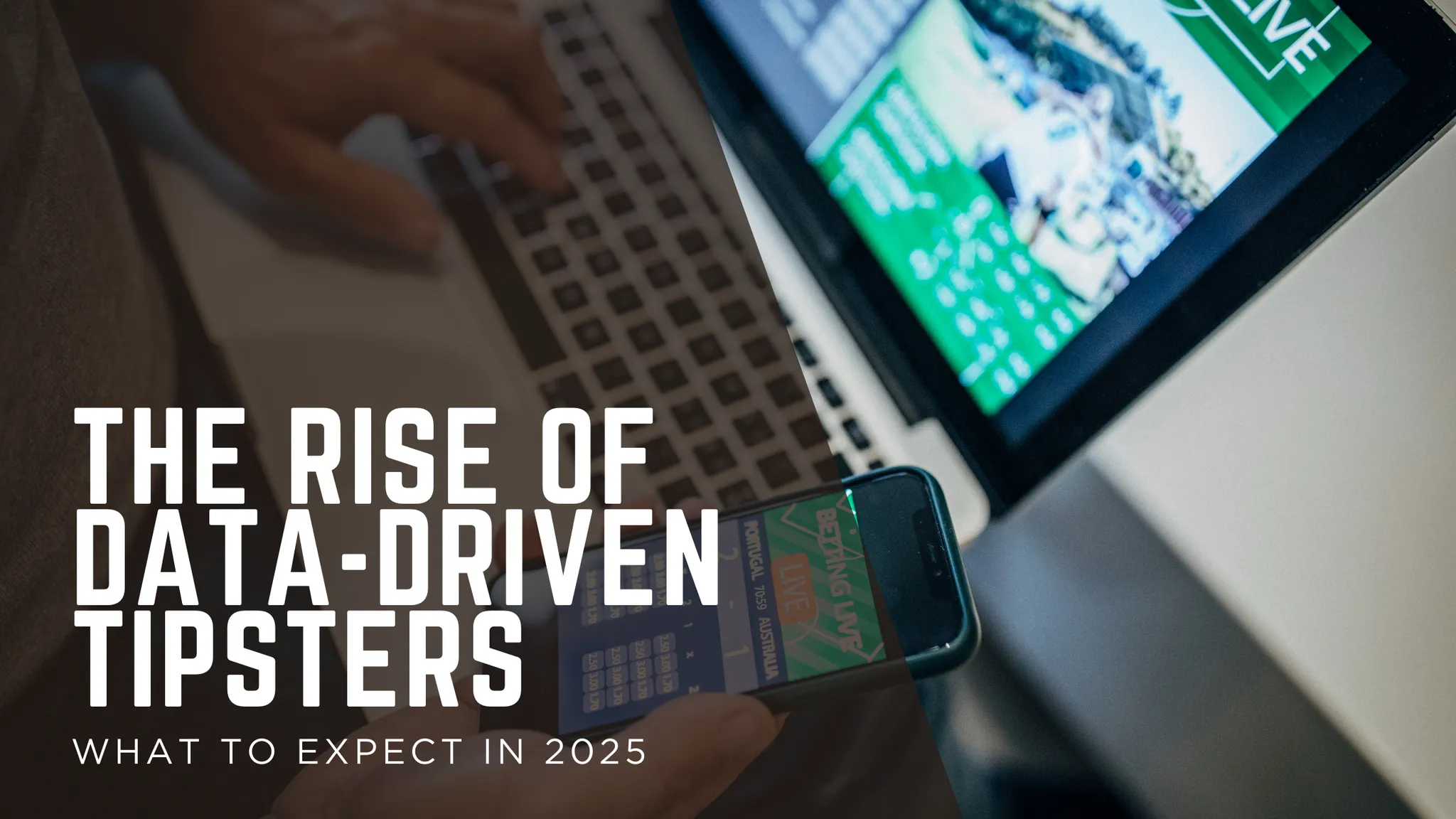Gone are the days when tipsters relied solely on “gut feeling” or insider whispers. In 2025, the landscape of sports betting is being transformed by data—and tipsters who fail to adapt are getting left behind.
Welcome to the era of data-driven tipsters: smart, analytical, and often more profitable than traditional ones. In this article, we’ll explore what’s behind this growing trend, why it’s changing the game, and what you, as a bettor, should expect moving forward.
What Is a Data-Driven Tipster?
A data-driven tipster uses quantitative analysis, statistics, historical models, and often machine learning tools to inform their predictions. Unlike old-school “capos” shouting picks in Telegram groups, these modern bettors take a more systematic approach.
Instead of:
“I have a feeling Team A will win…”
They say:
“Team A has a 60.4% chance of beating Team B based on expected goals (xG), player availability, and market inefficiencies.”
It’s about probability, value, and modeling, not hype or emotions.
Why Are Data Tipsters on the Rise?
1. Better Access to Stats & Tools
Today’s tipsters have access to advanced databases like:
- Opta
- Understat
- Football Reference
- Betfair market APIs
- And even AI tools for modeling (like Python + scikit-learn)
This democratization of data has lowered the barrier for serious bettors to apply pro-level analysis.
2. Increased Demand for Transparency
With scam tipsters on the rise, more bettors are demanding:
- Verified records
- Measurable performance (ROI, CLV)
- Trustworthy logic
Data-backed tipsters can provide evidence, not just excitement.
3. Sharpened Competition
Bookmakers have become sharper, too. Casual “eye test” bettors are easier to beat than a statistical model that exploits niche inefficiencies in over/under lines, handicaps, or corner markets.
Traits of a Modern Data-Driven Tipster
- Uses Excel models or coding to simulate probabilities
- Specializes in specific leagues or markets (e.g., xG-based EPL models)
- Tracks closing line value (CLV) as a performance measure
- Shares full bet history with consistent units
- Avoids emotional decisions or “chasing losses”
Some even use AI prediction tools or Monte Carlo simulations to calculate risk and reward.
What to Expect in 2025
Here’s how data-driven tipping is evolving this year and beyond:
1. Automated Tipster Bots
We’re already seeing bots that scan odds across markets and auto-place bets when the model finds value. These may soon replace human tipsters in volume-driven strategies.
2. Open-Source Models & Subscriptions
Sites like TipstersAnalysis.com may offer verified model-sharing platforms where data pros can upload and sell their own systems, rather than just tips.
3. AI-Enhanced Predictions
Some tipsters are now feeding injury data, form guides, and weather reports into AI tools to generate dynamic forecasts.
4. Sharp Niche Market Exploitation
Expect growth in data-based tips for:
- Women’s football
- Youth leagues
- Asian secondary leagues
- Alternative props (cards, corners, shots on target)
These are less efficient markets with more edge—perfect for sharp data users.
But Beware: Not All “Data” Tipsters Are Equal
Just because someone shows you a spreadsheet doesn’t mean they’re profitable.
Red flags to watch out for:
- No historical record or verification
- Cherry-picked screenshots
- Complex graphs with no actionable insight
- Constantly changing stake sizes without explanation
At TipstersAnalysis.com, we only track tipsters with transparent, measurable, and verified data-driven strategies.
Final Thoughts: Embrace the Evolution
The betting world is changing—and the tipsters leading the charge are those who combine mathematical discipline with sports intuition.
As a bettor, you don’t need to be a data scientist. But if you’re following tipsters, choose the ones who think like one.






